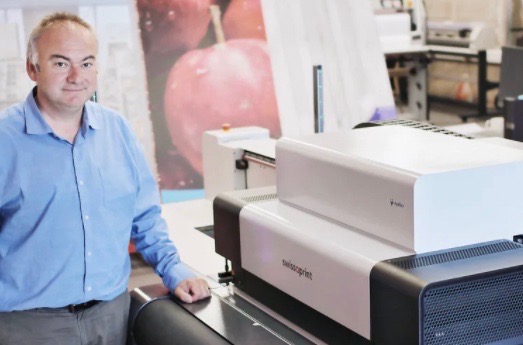Brand Consortia has invested in its first swissQprint Nyala flatbed printer to elevate print quality, open doors to new markets, boost revenues, and increase productivity.
“We felt it was time to bring more advanced flatbed printing in-house,” says managing director Brad Tupman. “It has since taken price completely out of the conversation when talking with customers. Their priorities are to obtain the highest quality products, with minimal environmental impact, and then price - in that order,” he says.
Working in partnership with many of the UK’s leading design agencies, this family operated sign company designs, fabricates, installs and maintains signs, graphics and branding for shops, retail and leisure parks, educational buildings, offices and industrial premises throughout the UK.
Brand Consortia takes its ISO14001 environmental credentials seriously, and works closely with customers to develop sustainable signage schemes to help them to achieve net-zero emissions. The company was the first in the UK create a Sustainable Sign Scheme for its customers where the CO2 released in the manufacture and installation of signs and graphics is offset using an accredited Carbon Offset scheme, such as planting new trees in the same geographical region where the signs have been installed.
“The Nyala, with its low-maintenance pollutant-free LED technology and minimal power consumption, is the perfect fit for our company,” Brad affirms. “It will go a long way in helping us attain our goals to be an even more sustainable business.”
Brad believes that creative applications are the key to unlocking potential new business revenues for a more profitable future. “We are already looking at ways we can further wow our customers with creative raised 3D effects and textures to make prints seem more tactile, and we can now offer signage that includes braille for the visually impaired. This is giving us a major advantage over our competitors.”


